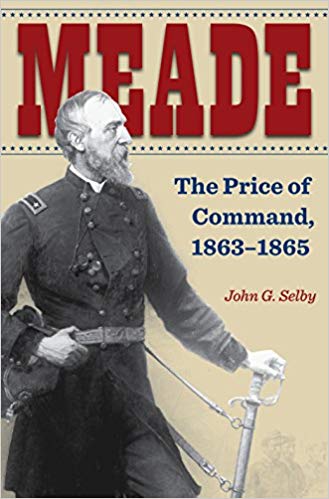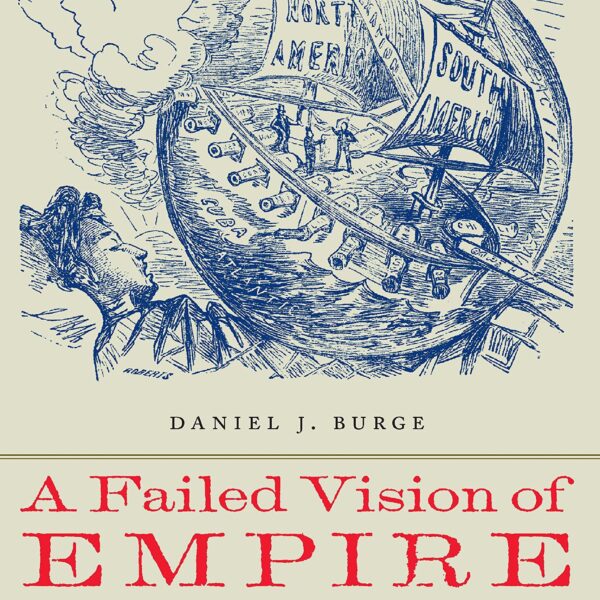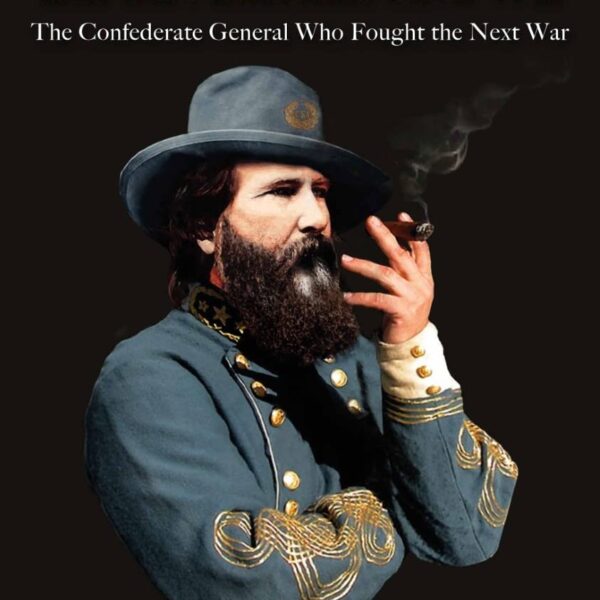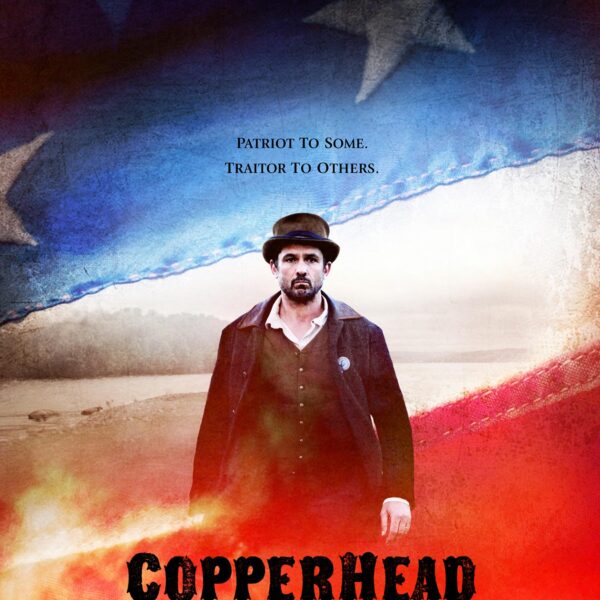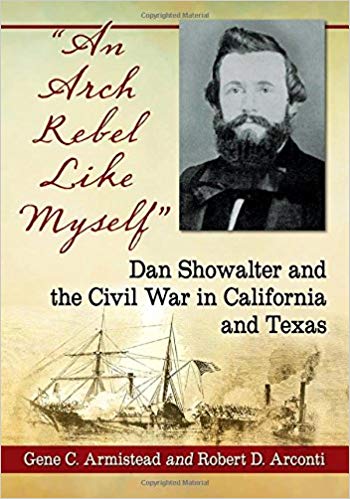The battles and leaders of the American Civil War have, for many decades, dominated the Civil War historiography. Historians have produced scores of studies on the generals who lead the armies and the soldiers who fought through the war’s bloody campaigns and battles. Invariably, several of the war’s commanders have dominated the scholarship, while other personalities have remained relatively obscure. John Selby, professor of history at Roanoke College, has produced a biography on one of the Civil War’s most central figures, George Gordon Meade. The Philadelphia general once predicted that history would not be kind to him, and indeed, he was largely correct. Although Meade commanded the Army of the Potomac, the North’s principal instrument of war, longer than any other general, Meade has remained marginalized in the war’s narrative and relatively obscure in the scholarship. In 1960, Freeman Cleaves offered the most comprehensive biography of Meade in Meade at Gettysburg. More recently, in 2003, Ethan Rafuse’s George Gordon Meade and the War in the East provided a comprehensive account of Meade’s Civil War career. Thus, Selby’s Meade: The Price of Command, 1863-1865, is a critical contribution to the Civil War scholarship and advances our understanding of General Meade and his command of the Army of the Potomac.
Selby offers an operational study of George Gordon Meade, with an intent to “reassess Meade’s leadership through a close analysis of his two years as commander of the Army of the Potomac” (xii). To be sure, Meade is best known for leading the Union army to victory at Gettysburg, and here, Selby begins his narrative. In the book’s first chapter, he provides a cursory narrative of Meade’s life and military career prior to June 1863 and then devotes ten chapters to Meade’s tenure as commander of the Army of the Potomac. The final chapter briefly covers Meade from war’s end in April 1865 until the general’s death in November 1872.
Notwithstanding his victory at Gettysburg against Lee’s Army of Northern Virginia, Meade’s career was characterized by professional frustrations, unwanted political intrigue, and relentless criticism. Beginning in the fall of 1863 and through the spring of 1864, Meade found himself in the center of a political firestorm. While the Union victory at Gettysburg proved to be Meade’s most significant accomplishment, his leadership during the pursuit generated a barrage of relentless condemnation. Criticized by many, including his own subordinates, for his failure to annihilate the Confederate army along the Potomac River, the Joint Committee on the Conduct of the War investigated the general’s leadership during the campaign and sought evidence to remove him from command. While the congressional investigation proved little more than political grandstanding, the inquiry shaped Meade’s reputation and legacy. Indeed, of these tribulations of the winter of 1863-1864, Selby attributes Meade’s “sense of duty and his sense of righteousness” for enduring “one of the sternest trials suffered by an American Army commander in the field” (124).
Grant’s arrival in the eastern theater in March 1864 unleashed a new set of challenges. For Meade, Selby characterizes this period, the final fifteen months of the war, as “an exercise in humility” (297). Grant’s decision to make his headquarters with the Army of the Potomac presented challenges in command and coordination. Conventional interpretations of the Union high command in Virginia hold that Grant directed operations and that Meade remained relegated to executing his orders. Will Greene challenges this canon in his newly published A Campaign of Giants: The Battle for Petersburg (2018). Likewise, Selby suggests that Meade retained a more active role in directing the war’s final campaigns than commonly believed. As the Union army moved deeper into Virginia, Meade faced challenges in managing his subordinates and volatile relations with the press. Meade’s relationship with General Gouverneur K. Warren, tenuous since Warren’s dilatory actions at Mine Run, reached its culminating point at Five Forks when Warren was relieved of command. Other personnel difficulties came in coordinating with General Ambrose Burnside, initially assigned to an independent command, but then transferred with his Ninth Corps to the Army of the Potomac. Following the disastrous assault at the Crater, Meade requested that Burnside be relieved of command.
Following Lee’s surrender at Appomattox Court House, Meade issued General Orders No. 35, his final order to his soldiers, ending his command of the Army of the Potomac. Selby’s final chapter briefly narrates Meade’s activities during Reconstruction, including his command of the Third Military District and the Military Division of the Atlantic. On November 5, 1872, George Gordon Meade died at the age of fifty-six.
To be sure, Selby offers a sympathetic interpretation of General Meade. Selby disputes common interpretations of the Philadelphia general. He asserts, “what this study will show is that this well-established view of Meade is wrong” (xii). For example, Selby challenges conventional interpretations that Meade’s notoriously short temper and often irascible personality impacted the command environment of the army. Instead, Selby suggests, “the problem was not an inability to suppress his temper but, rather, an unwillingness to dismiss generals who failed to perform, schemed against him, or even defied his orders” (298). Meade’s challenges with Warren reinforce this conclusion. Ultimately, then, Selby concludes that “Meade, the ultimate team player, was too loyal to his subordinates” (298).
Overall, in Selby’s assessment, the general paid a hefty “price of command.” In the end, however, Selby argues that Meade should be considered “among the top three Union generals,” following only Generals U.S. Grant and William T. Sherman (300). Meade: The Price of Command offers an important account of General Meade’s tenure as commander of the Army of the Potomac and works toward broadening our understanding of an often-neglected Civil War commander.
Jennifer M. Murray is an assistant professor of history at Oklahoma State University.
